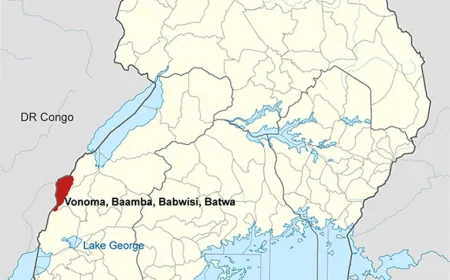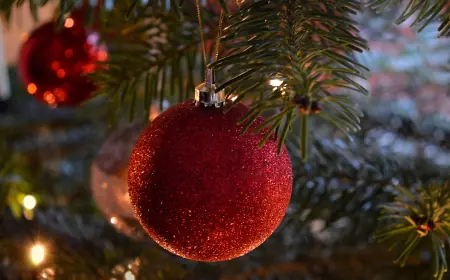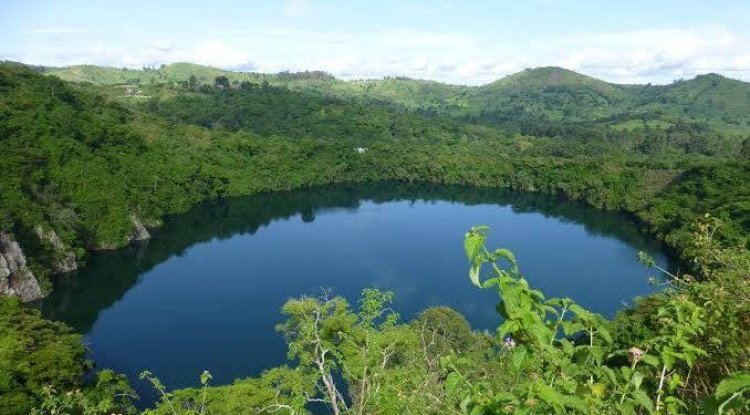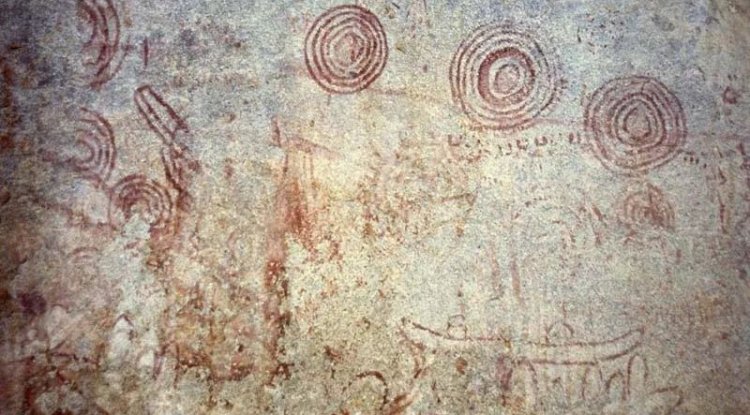The basamia (Samia)
The samia people are the only elite Luhya sub-tribe that is both found in Kenya and Uganda. The Abasamia bagwe of Uganda occupy the Eastern parts of Uganda around the shores of Lake Victoria. They spread up to the rocky hills of Tororo, cumulatively making a population of about 665,000 people. The Samia of Kenya, else known as Abasamia, are in the Western parts of Kenya, occupying the Samia sub-county in Busia County.

Eastern Uganda is home to a variety of ethnic groups, including Basamia. They have been found in the regions of Busia, Tororo and Iganga. Some Basamia clans claim to be related to Kenya's Joluo, while the Bagwe claim to be related to the Banyala. This is also demonstrated by the way they face their deceased bodies during the ceremonial burial. The dead of many Basamia are buried to the east.
The Birth Ritual of Basamia
If the child was a boy, the mother was confined for three days; if the child was a girl, she was confined for four days. A boy's birth was given fewer days to represent the idea that a man should rise early and go to battle or conduct his own labor. A lady, on the other hand, might take her time. The Balundu clan, on the other hand, inverted the sequence. The other confined herself for three days for the birth of a girl and four days for the birth of a boy. In almost all cases, the mother and father shave their hair after the child is born.
Birth of Twins
When twins were born, a sheep was killed by trampling on it till it died. The trampling of this sheep was supposed to be done by everyone present. The goal was to cleanse the children of any taboos that were known to accompany the delivery of twins.
The father or brother would then travel to the in-laws with a spear and a calabash of porridge. The leading person was given a special calabash (or pot) with two apertures, which he or she would spit in before spitting on the twins. After forcing through the entrance of the hut where the twins were with olubibo, this was done (forked sticks). People would dance and sing vulgar songs during the rite of unlocking the door. People inside and outside the hut would spit porridge on each other after the door was forced open.
The naming culture of Basamia
The Basamia gave their children names right after they were born. The mother was frequently given a name based on the circumstances surrounding the child's birth. Some of them were common verbs seen in everyday conversation, such as Wabwire (boy) or Nabwire (girl) being given to a kid delivered late at night. Egesa or Nekesa meant the child was born during harvest; Ojiambo or Ajiambo suggested the child was born in the afternoon.
Marriage culture
If the boy's and girl's parents were amicable, the marriage may be arranged without the boy and girl being actively involved. However, this was a rare occurrence. The traditional approach was for the boy to seduce the girl first. Despite the fact that her response appeared to be affirmative, the youngster was unable to give a concrete response. Following that, the boy would arrive with a spear and place it in front of the girl's mother's hut. If the girl had agreed to marry, she would take the spear and return it to her mother's hut. Following that, bride price talks would begin.
For each female, there was no set bride price. One was charged based on their social standing, riches, and titles. In effect, this meant that the wealthy were charged more than the poor. The price ranged from four to eight cows plus a large number of goats, each of which served a specific purpose. Following the payment of the bride price, plans were made to transport the girl to her husband. If the girl was discovered to be a virgin, a goat or its equivalent was sent to the girl's mother as a token of gratitude for her role in keeping the girl safe and intact.
It was also common for a boy to bring a fat male goat to the girl's father's house to be butchered. This goat was known as esidiso. The girl's father would step on it and be smeared with simsim oil on this occasion. This male goat served as a symbol of the marriage as well as a shared tie between the two households.
Religion and taboos
The Basamia believed in a supreme entity known as Were or Nsaye. They were thought to live in heaven and were in charge of the creation of the earth and heavenly bodies. They also believed in the spirits of their forefathers and mothers. Ancestral spirits were thought to interfere in human affairs and were known to cause harm, death, and disaster if not dealt with properly. As a result, each farmhouse featured a family shrine where the ancestor spirits might be fed and appeased. These spirits might be summoned in times of disease or disaster, and they were frequently invoked for good health, female fertility, and excellent harvests.
The Basamia believed in the existence of omwoyo, a living creature's soul. They thought that Omwoyo would take flight in the shape of a shadow or wind when someone died. Omusambwa is the name given to a ghost that has passed on. It can be found in cemeteries and temples.
Emisambwa are thought to have the ability to obstruct the lives of the living. They also serve as a conduit for Nsaye's communication with the living. Emisambwa lived in Emagombe, which is the underworld. Their taboos differed per clan, and no one would eat their toterm. In this patrilineal society, women adopted their husbands' clans and taboos. It was taboo for a parent to sleep in the same hut as his son-in-law, and children would not sleep in the same hut with their parents until they were about ten years old. Chicken, pork, and lungfish were forbidden to women. The Basamia also believed in witchcraft and curses. Theft and immorality would result in a curse or bewitching. Rainmakers, or abakimba, were also prized by Basamia.
The dressing and food of the Basamia
The men used to wear goat skins, while the women wore shabby tree-leaf covers. The kids were absolutely naked as they walked around. People used to sleep on the floor in front of a fire. On the other hand, someone who was wealthy enough to purchase it may sleep on an animal skin.
Their meal consists of sorghum or millet cassava bread, which is frequently blended with fermented cassava, also known as obusuma. A white, stiff porridge made from maize flour is occasionally added. Vegetables, beef, or fowl are served with the dish. The Samia eat a lot of gruel, rice, and bananas. Due to their frequent eating of fresh fish, Samia speakers are regarded to be extremely intelligent. Non-Samia speakers call them "obusuma ne'ngeni bicha speed," which means "brown stiff porridge and fish roll down the throat very quickly."
Women and girls ate from the same plate, and boys and their fathers ate together as well. During normal dining, unnecessary conversation was prohibited, and it was considered polite to accept an invitation to eat.
Clans of Basamia
People who speak Samia are divided into clans, with each person belonging to his or her father's clan. You are not allowed to marry from your own clan or your mother's clan. Bahony, Balundu, Badde, Bakoli, Bamayindi, Balwani, Batabona, Baburi, Bakhoba, Bakukhu, and others are among the clans.
The political set-up of the Basamia
The Basamia's political structure was fragmented and ad hoc. There were no chieftainships among them. The senior, known as the Nalundiho, was in charge of each community. The Nalundiho was not only a politician but also a rainmaker. He was in charge of maintaining law and order as well as resolving conflicts. He was the village's most powerful individual, and his status was hereditary. As a rainmaker, his abilities were amplified. For example, it is stated that if a debtor refuses to pay his debt, the Nalundiho will conceal that debtor's location until the debts are paid in full. Nobody could taste the new harvests until Nalundiho did, thanks to his ability as a rainmaker. Wizardry was frowned upon, and if caught, a wizard could be put to death.
Economy
Their economics was straightforward. The economy was based on subsistence farming. Millet, sorghum, cassava, and a variety of beans were among the crops they grew. They also raised cattle, goats, and chicks. In general, little trade took place between them and their neighbors. The commerce that took place was done on a barter basis. Land was communally owned on a clan basis, and enough land was available for everyone.
What's Your Reaction?
 Like
26
Like
26
 Dislike
4
Dislike
4
 Love
24
Love
24
 Funny
4
Funny
4
 Angry
1
Angry
1
 Sad
1
Sad
1
 Wow
11
Wow
11














































































